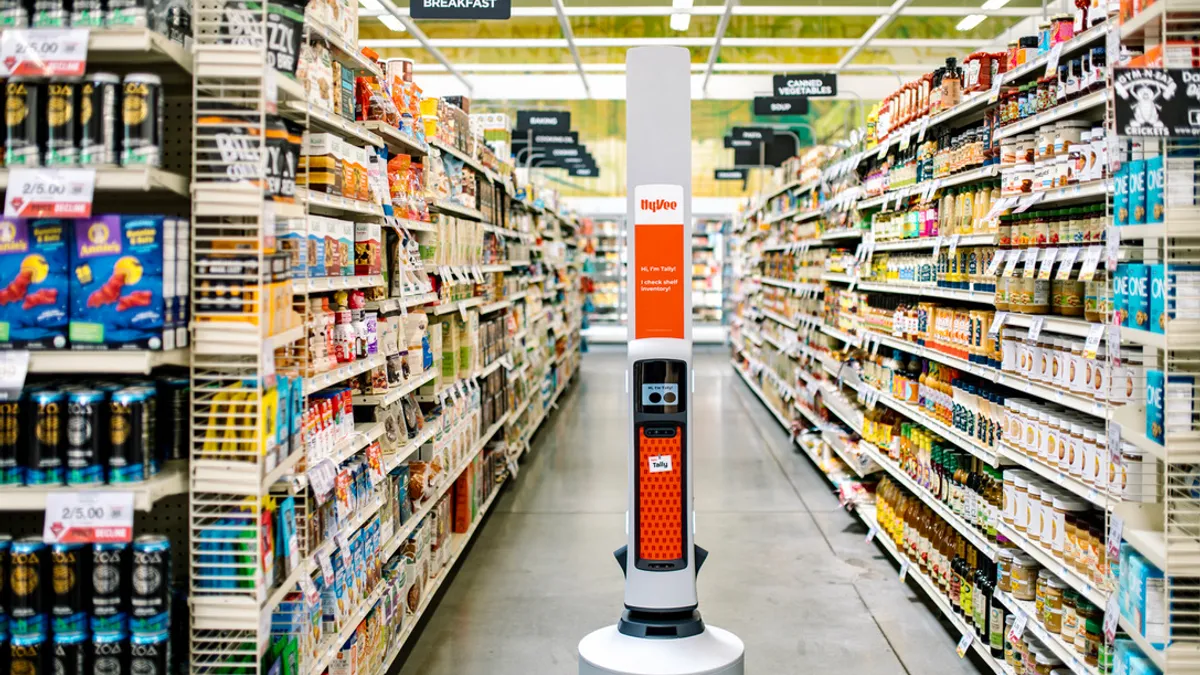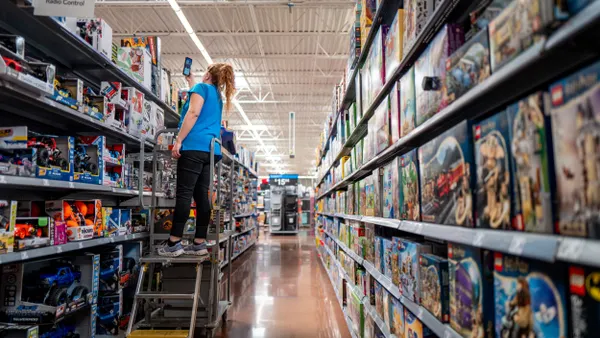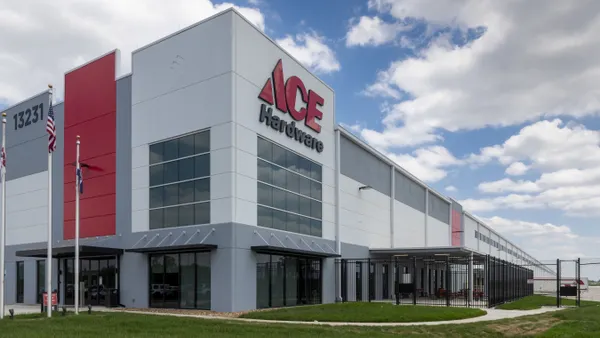Dive Brief:
- Retailers foresee up to 70% of routine tasks to be wholly or partially automated by 2025, according to a 2023 Connected Retail Experience Study conducted by Incisiv in collaboration with Verizon Business. The use of robotics for tasks such as cleaning and inventory audits is predicted to double in that timeframe for specialty and department stores.
- With automation taking over certain tasks, some retailers anticipate that they will shift store employees toward more customer-facing responsibilities (18% of retailers) and assist with business operations (26% of retailers), the study found.
- The study also predicted that the use of artificial intelligence to streamline business operations in retail will increase nine-fold by 2025.
Dive Insight:
The study of 107 retail executives also found the adoption of mobile point-of-sale systems and curbside pickup sensors could increase by 2025.
While mobile point-of-sale systems and curbside pickup sensors are expected to be popular among specialty and department stores, grocery stores and general merchandise retailers are expected to adopt robots for associate tasks.
“Improving operational efficiency is crucial for retailers in today’s competitive landscape,” Gaurav Pant, chief insights officer at Incisiv, said in a statement. “Automation is imminent, and retailers must embrace it to streamline processes and reduce costs.”
The rollout of mobile POS systems has already begun. In October, Shopify introduced POS Go, a mobile point-of-sale system that allows retailers to accept payments wherever they do business. The tool lets shoppers pay through tap, swipe and chip payments; track their product information and inventory; and maintain customer notes and purchase history.
Plus, some major retailers have recently introduced robots to automate inventory tasks. Last October, Sam’s Club said it finalized the chainwide deployment of Inventory Scan robots across the company’s over 600 stores. Earlier this month, BJ’s Wholesale Club announced plans to introduce aisle-scanning robots to track its inventory across all of its retail locations.
While other retailers are stepping up their in-store tech, Lowe’s designed a digital replica of its store within NVIDIA Omniverse Enterprise’s environment, where associates can interact and visualize store data to better optimize operations and logistics. Employees can view the store on desktop computers or via Magic Leap 2 augmented reality headsets.












